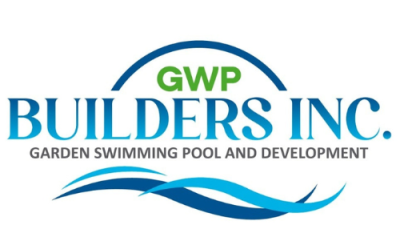Are you considering a pool development on your home? If so, you’re certainly not alone . According to Association of Pool & Spa Professionals that more than 10 million swimming pools for residential use are currently being used throughout the United States. Before you begin any kind of project, it’s crucial to know all the elements that go to ensure a successful development of your pool. This article will give you a an extensive guideline to assist you in taking your pool development plan from conception to completion.
The initial step in any successful pool project is choosing the best site. It is a crucial decision as it affects the factors that affect accessibility, visibility and close facilities. It is also important to take into consideration the local regulations regarding zoning when selecting your location since they could restrict the type of construction that is permitted in specific zones.
After you’ve chosen the right spot, it’s now time to discuss your design ideas with your architect or contractor. In designing your dream backyard There are many factors to think about such as the size and deepness of your pool possible features like ladders or slides, as well as the materials you will use for the floors and walls (concrete and fiberglass). It is also important to consider finishing like mosaics or tiles to create a unique style.
After you’ve decided on the aspects of your design and having signed off on the design with your contractor, it’s time to apply for permits from local authorities before proceeding with construction. Based on where you reside and other elements permits could include approval of building plans along with plumbing work permit as well as electrical installation approval. So, make sure you consult with your local authorities prior to starting any work. Be sure that copies of all documents approved are made available on the work site after the successful completion of the work!
When you are installing your pool, it is essential that safety precautions be taken into account throughout the entire time. This means the fencing of any area that surrounds the artificial water body (pools not excluded) and also keeping electrical equipment out of wet areas when they’re utilized during maintenance or installation tasks (like washing). Make sure that any chemicals that are used in routine cleaning follow the safety guidelines set by organizations such as OSHA (Occupational Safety and Health Administration).
When your pool is completed, it’s important not to ignore regular maintenance! Cleansing should be done regularly, and with particular focus on following heavy rain or snow occasions. A proper circulation system should be carried out regularly to decrease the growth of algae; additionally, pH levels must be checked regularly as well (this will help maintain the correct chemical balance and ensures the safety of your swimming pool). All of these activities can aid in preventing bigger issues down the road!
Challenges and Opportunities in Pool Development: Navigating the Depths


